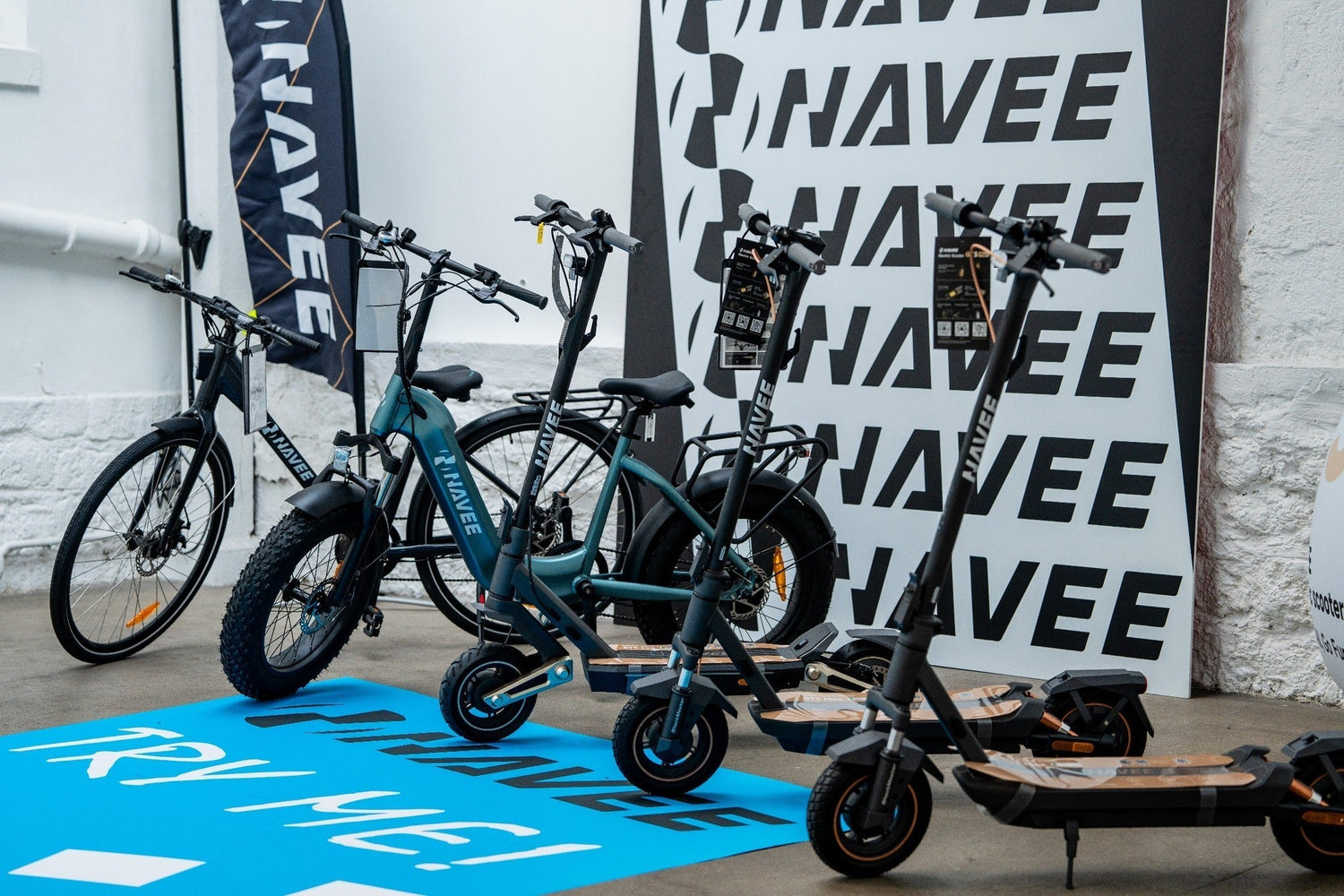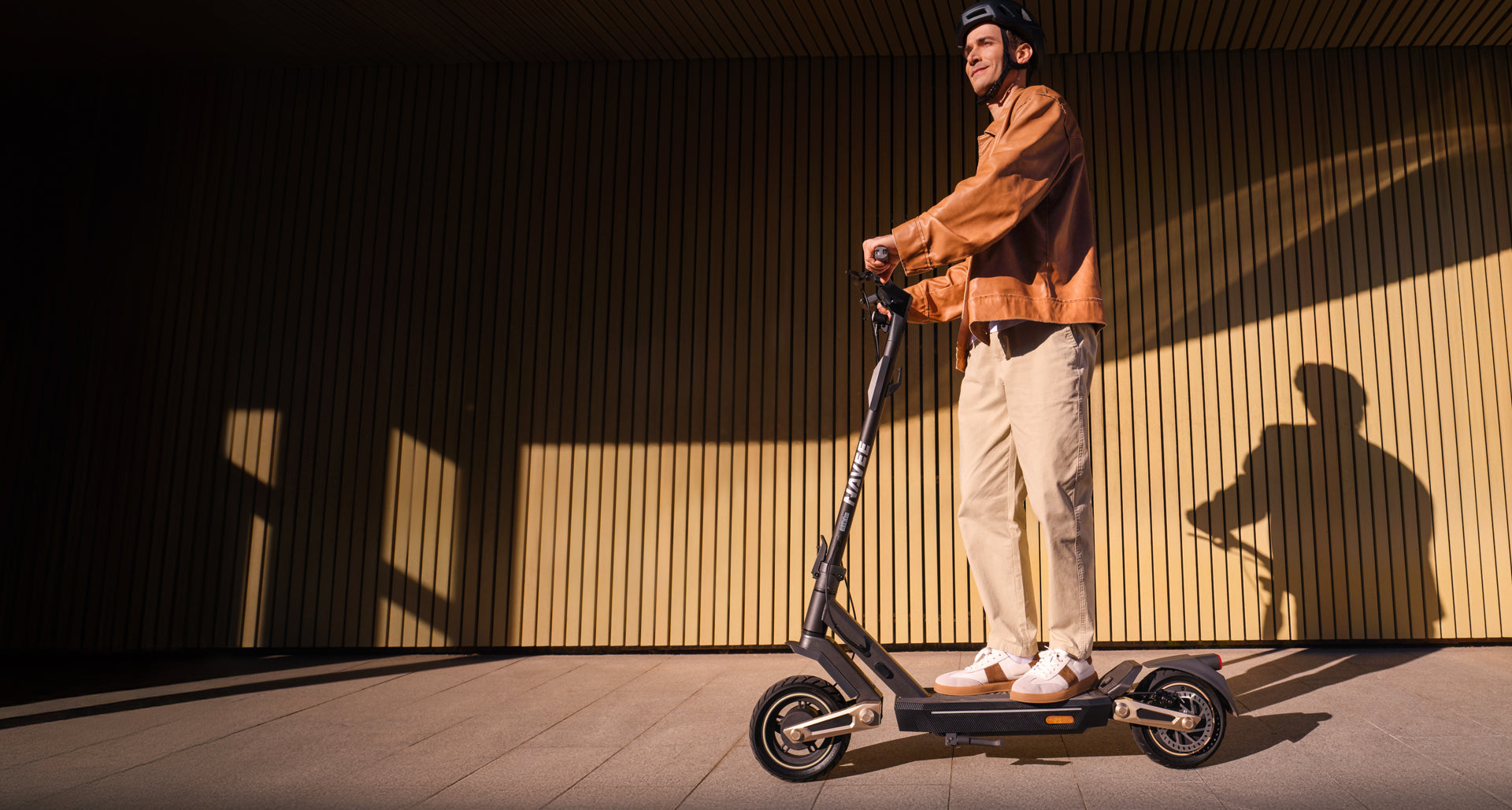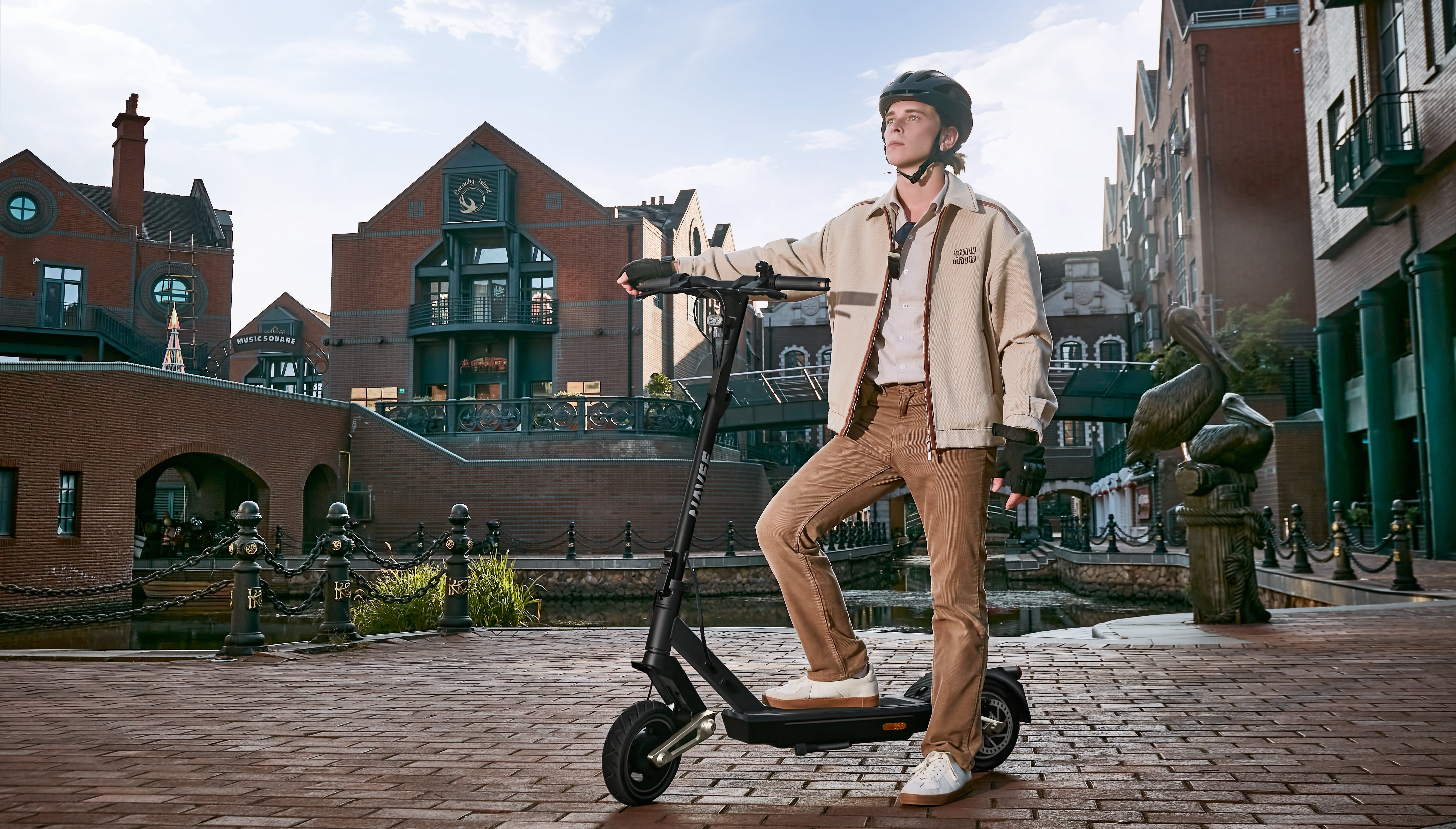When did the first electric scooters appear? – A look into the history of e-scooters
Electric scooters represent modern, environmentally friendly mobility and are a defining feature of many metropolises. But when did the first electric scooters actually appear? In this article, we take a fascinating look at their origins and technological development – from the first motorized scooters to today's models like the NAVEE V40i .
The beginnings of electric scooters
The first known motorized scooter was the Autoped from 1915 – a folding, gasoline-powered scooter. Electric concepts followed later, especially in Asia:
- 1980s: First battery-powered scooters in Japan and China
- 1996: Go-Ped launches the first e-scooter on the US market
These early models were heavy, had a short range and were considered niche products.
Technological breakthrough: The modern e-scooter
With the development of lithium-ion batteries in the 2010s, commercial success began. Lightweight, powerful, and mobile scooters conquered the market. Milestones:
- 2017: Launch of sharing services such as Lime and Bird in the USA
- 2019: Legalization of e-scooters with ABE in Germany
Since then, e-scooters have developed into a serious mobility solution.
What makes modern electric scooters special?
Typical features:
- Powerful motors (350–500 W)
- Range of 20–40 km
- 10-inch pneumatic tires for high comfort
- LED light, indicators, ABE approval
- Smartphone connectivity
Modern e-scooters like the NAVEE V40i combine these features to create an ideal city vehicle.
Brand comparison: NAVEE vs. classic manufacturers
NAVEE V40i
Range: up to 25 km
Features: ABE, 10-inch pneumatic tires, LED display, high driving comfort
Xiaomi 1S
Range: up to 30 km
Features: solid, but less suspension and smaller wheels
While Xiaomi offers a popular entry-level model, NAVEE scores with quality and comfort specifically for the German market.
FAQ on the history of e-scooters
Who developed the first electric scooter?
The “Autoped” from 1915 was a pioneer; modern e-scooters only followed in the 1990s.
When did e-scooters become legal in Germany?
Since June 2019, e-scooters with ABE have been allowed to drive legally on German roads.
What was the technological breakthrough?
The development of efficient lithium-ion batteries and lightweight electric motors.
Conclusion: From niche to mobility miracle
From the heavy prototypes of the early 20th century to modern, roadworthy e-scooters – the journey has been long but successful. Today, manufacturers like NAVEE offer smart solutions for everyday life that are not only convenient but also sustainable.








Leave a comment
All comments are moderated before being published.
This site is protected by hCaptcha and the hCaptcha Privacy Policy and Terms of Service apply.